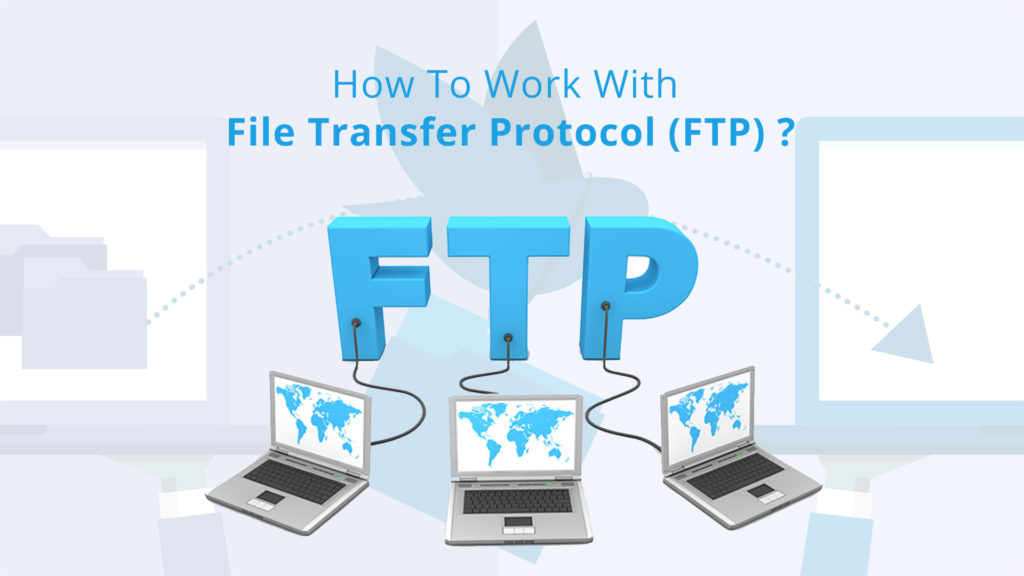If you’re in the market for real-time captioning services, you have four main options to choose from: Human transcriptionist, software, hardware, and CART. All of these services have their own unique benefits and drawbacks, so it can be difficult to decide which one is right for you. In this article, we will compare and contrast each of the four options and help you decide which service is best for your needs.
Table of Contents
Real-time Captioning in a Nutshell
Real-time captioning is the process of converting speech to text in real-time. This service is often used by people who are deaf or hard of hearing, as well as by businesses and organizations that need to provide access to their events for a wider audience. Real-time captioning is about 30% of the captioning industry (contain also includes closed captions, open captions, etc.) which is estimated to be worth more than 5 billion$ by 2030.
The Four Main Options for Real-Time Captioning
As mentioned, there are four main options when it comes to real-time captioning: human transcriptionists, software, hardware, and CART. Let’s take a closer look at each of these options:
Human Transcriptionist
Human transcriptionist as it sounds, a real person is transcribing what is being said into text. Most of these persons are trained professionals with years of experience in the field.
Benefits
The main benefit of using a human transcriptionist is that they can provide very accurate transcripts. They are also able to ask clarifying questions if they are unsure about something that was said.
Drawbacks
The main drawback of using a human transcriptionist is that they can be costly and are much slower than software.
Software
Real-time captioning software is a pretty new development in the field. It uses automatic speech recognition (ASR) to transcribe what is being said into text. The best software use Ai and machine learning technology, in order to improve and get more and more accurate.
Benefits
The main benefit of using software is that it is much less expensive than using a human transcriptionist. Also, the best software can provide an accuracy of more than 90%, save a lot of time and understand better when it comes to slang, industry-specific terms, etc.
Drawbacks
The main drawback of using software is that it is not as accurate as a human transcriptionist.
Hardware
This solution provides a simplified real-time transcription option, hardware solutions are relatively new to the speech-recognition market. Audio can be captured live, converted to text, and shared with guests through a hardware device. In addition to connecting directly to a local audio source, these devices also offer some kind of standardized video output to display the transcription in real-time.
The dedicated hardware solution also eliminates possible points of failure associated with AI-transcription solutions based on computers or mobile devices. In contrast to other solutions, a dedicated hardware transcriber will not experience blue screens or receive unexpected text messages during presentations.
The main target audience of this solution is colleges or universities planning to caption several lectures a day or convention planners who wish to transcribe dozens of speakers each time an event is held.
Benefits
The main benefit of using hardware is that it is very accurate and easy to use after the first installation.
Drawbacks
The main drawback of using hardware is that it is very expensive. In addition to the hardware itself, transcription subscriptions are costly. Despite this, these services still remain far less expensive than hiring a transcriptionist.
CART
CART (Communication Access Realtime Translation) is another real-time captioning technology, one of the first solutions, which provides communication access for deaf and hard-of-hearing people in a wide variety of settings. A CART system works by transcribing and translating spoken text and sounds into words. On a big screen, on a laptop, or on a mobile device, the text appears as the words are spoken or played in real time. Remote CART can also be streamed to an Internet browser.
Benefits
The main benefit of using CART is that it is very accurate.
Drawbacks
The main drawback of using CART is that it can be expensive and not easy to use in comparison to other alternatives.
Conclusion
After reviewing the four main options for real-time captioning, we can see that each option has its own benefits and drawbacks. When choosing a service you need to ask yourself how many activities you’ll need a month or a year. what is the length of each activity? How much are you willing to spend? The best solution for you may not be the best solution for someone else. It all depends on your specific needs.

